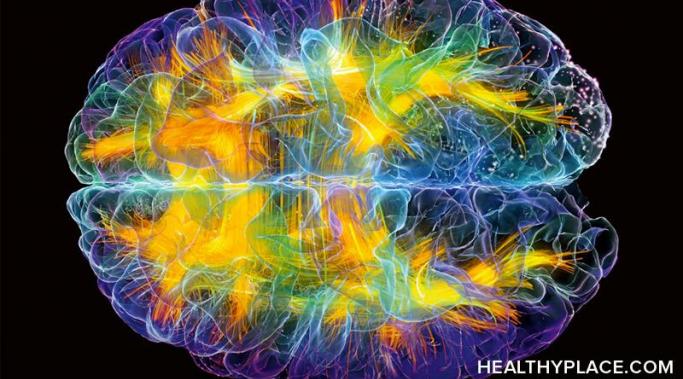A good posttraumatic stress disorder (PTSD) trauma therapist can make all the difference when it comes to PTSD treatment, but not all therapists are created equal. Finding a competent trauma therapist for your PTSD recovery can be difficult without an understanding of the technical and interpersonal skills a PTSD trauma therapist should possess, and what approaches you find comfortable.
PTSD Treatments
For many individuals with posttraumatic stress disorder (PTSD), short-term memory loss is a significant concern. While working to calm and organize memories of trauma, individuals with PTSD may also struggle to recall simple, everyday information. Short-term memory loss can leave an individual with PTSD with concerns over deteriorating cognitive functioning, and uncertainty about just how much forgetfulness is reasonable and how much becomes a medical concern.
Sleep deprivation is a common complaint among people who experience posttraumatic stress disorder (PTSD). Research shows that at least 50% of individuals with PTSD have experienced recurring nightmares, and the majority of people with PTSD report either difficulty falling asleep (sleep onset insomnia), or trouble staying asleep long enough to feel rested (maintenance insomnia). Even though sleep difficulties often accompany PTSD, their importance might be underrepresented. Knowing how to recognize the symptoms of sleep deprivation and how to manage them are useful tools in treating the symptoms of PTSD.
In the field of mental health, the phrase trauma-informed care refers to a set of standards practitioners follow when treating individuals who have experienced trauma. Trauma-informed care reduces the risk of causing inadvertent harm to or retraumatizing people with posttraumatic stress disorder (PTSD). Understanding the basics of trauma-informed care can help you make the most out of your PTSD therapy.
One treatment for my posttraumatic stress disorder (PTSD) I am interested in is called emotional freedom technique (EFT). It’s a relatively new treatment – developed in the mid-90s – for various psychological issues and disorders. From what I have read about it, EFT for the treatment of PTSD symptoms seems to be gaining some momentum as a complementary and alternative medicine (CAM) practice.
As someone who has posttraumatic stress disorder (PTSD), I am often on the lookout for alternative therapies for my PTSD recovery. I recently started reading up on the complementary and alternative medicine (CAM) therapies that are suggested for PTSD (Alternative Approaches to Mental Health Treatment). Even though I will not abandon the conventional PTSD therapies that are currently working for me (psychiatric care and medication), I think that using alternative therapies as additions to my treatment can be beneficial in my PTSD recovery.
Are you are interested in taking a closer look at how eye movement desensitization and reprocessing (EMDR) therapy works for recovery from posttraumatic stress disorder (PTSD)? If so, I recommend a book I read recently, Every Moment of a Fall, A Memoir of Recovery Through EMDR Therapy, by Carol E. Miller. The book gives a first-hand account of what EMDR therapy is like and how it helps with PTSD recovery (see also PTSD Treatment: My Experience With EMDR Therapy).
You hear more about posttraumatic stress disorder (PTSD) now than ever before. However, have you heard these 10 things you should know about PTSD?
My experience with eye movement desensitization and reprocessing therapy started when eye movement desensitization and reprocessing (EMDR) was suggested to me as treatment for my posttraumatic stress disorder (PTSD) and I thought the process sounded like some crazy science fiction stuff from a movie set far into the future. I was supposed to watch some lights going back and forth while holding vibrating tactile devices and listening to ambient sounds, both of which alternated from right to left? What? And that was going to somehow, magically maybe, move my traumatic memories to some other part of my brain where they wouldn't be so intrusive and emotion-provoking? That sounds as crazy as I was feeling at the time, but I was desperate for relief from my PTSD symptoms and willing to try anything so I tried the PTSD treatment of EMDR therapy.
Eye movement desensitization and reprocessing (EMDR) therapy is a posttraumatic stress disorder treatment. Treatment for posttraumatic stress disorder (PTSD) can be as varied as the types of trauma that causes it, and what works for one person may not be what works for another. In my experience with PTSD recovery, I found relief from my symptoms with eye movement desensitization and reprocessing (EMDR) therapy. EMDR is a powerful and effective PTSD therapy that helps the brain to reprocess past traumas differently, relieving the PTSD sufferer from often debilitating symptoms like flashbacks, nightmares and panic attacks.









